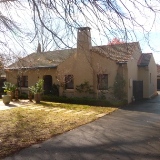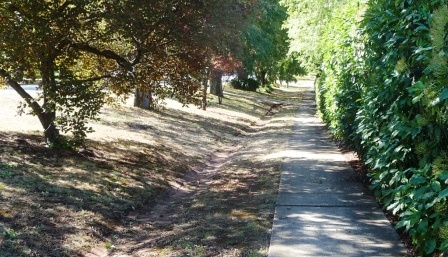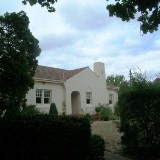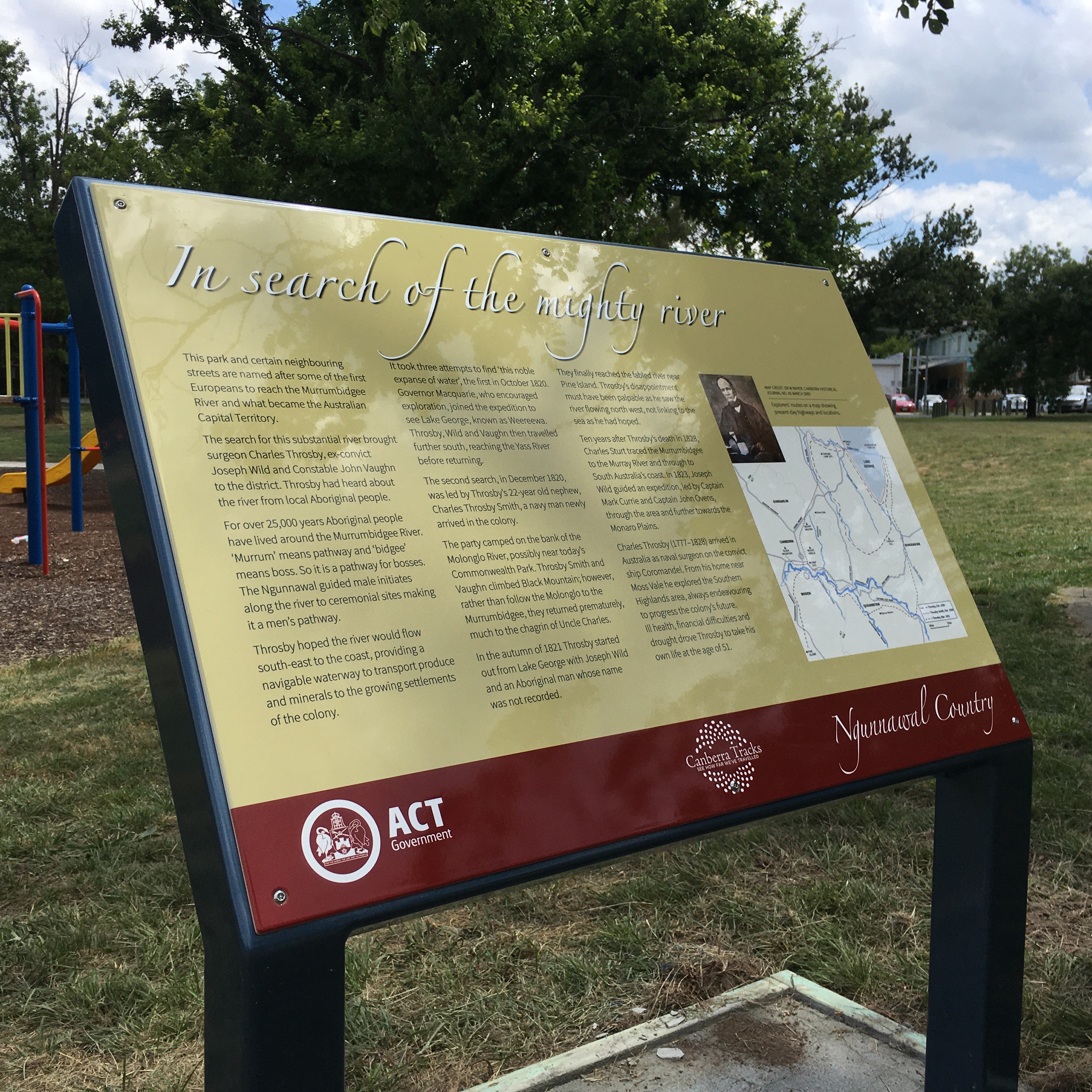Griffith
Griffith has a number of heritage-listed places and some of these can be viewed under the Manuka entry on the Canberra Tracks website as Manuka isn’t a suburb and is located within Griffith. The street shown in the image above, located in the Blandfordia 5 Precinct is typical showing a curved street, hedge, gutter and treed verge.
In Throsby Park (below right), behind the Griffith shops, a Canberra Tracks sign has been installed about the search for the Murrumbidgee River spearheaded by Charles Throsby. The second of the three attempts to find the river led the first Europeans entering this district in December 1820.

Griffith and parts of Forrest were named Blandfordia 5 by Walter Burley Griffin after a native species, one of which, the Christmas Bell, features on Canberra Tracks signage in heritage precincts. It was planned as a suburb for upper class public servants with families on a higher income. The precinct is bordered by Bouganville Street, Flinders Way, Monaro Crescent, Arthur Circle and Furneaux Street.
The Garden City planning principles came to Canberra from England in 1925 and were aimed at providing a pleasant urban environment. The houses, with architectural styles borrowed from Spanish, Dutch, Californian and English Arts Crafts movements, were separated, mainly single storied with hedged spacious yards. The street names feature prominent explorers of Australia.
Additional values specific to Blandfordia 5 Garden City heritage precinct are:
- The traffic island at the intersection of Hayes Crescent, Durville Crescent and Flinders Way is associated with Aboriginal use of the area prior to and following European settlement and includes one of the most recently used traditional Ngunnawal camping grounds.
- The duplexes on Section 2 reflect an experiment to reduce the cost of Government housing during the Great Depression and were the first duplexes to be approved in Canberra. The duplexes are sited symmetrically across adjoining pairs of blocks with side entrances which reinforce the appearance of a single building in a garden setting.
- The first stage of the precinct was constructed 1926-1927 to meet the urgent need to provide housing for public servants prior to the opening of the provisional Parliament House in 1927.
- The precinct layout and public domain landscape are generally credited to the planning work of Sir John Sulman and planting vision of Thomas Charles Weston and represents a notable departure from Walter Burley Griffin's intent for the area.
- The suburb commemorates Sir Samuel Griffith (1845-1920), the first Chief Justice of the High Court of Australia.
- The precinct contains privately built examples of the domestic architecture of Kenneth H Oliphant and Malcolm Moir who for many years practiced with his wife Heather Sutherland. Oliphant and Moir were amongst Canberra's first independent practising architects and their work has contributed notably to the urban architectural character of 1930-1960's Canberra.
Enjoy a walk through the precinct using the National Trust's Blandfordia 5 brochure (PDF).



